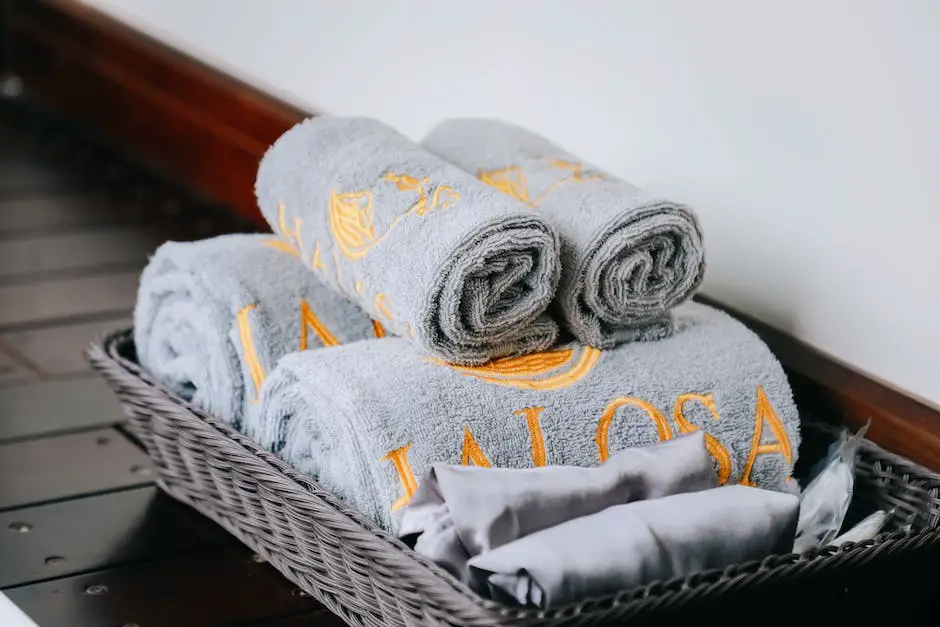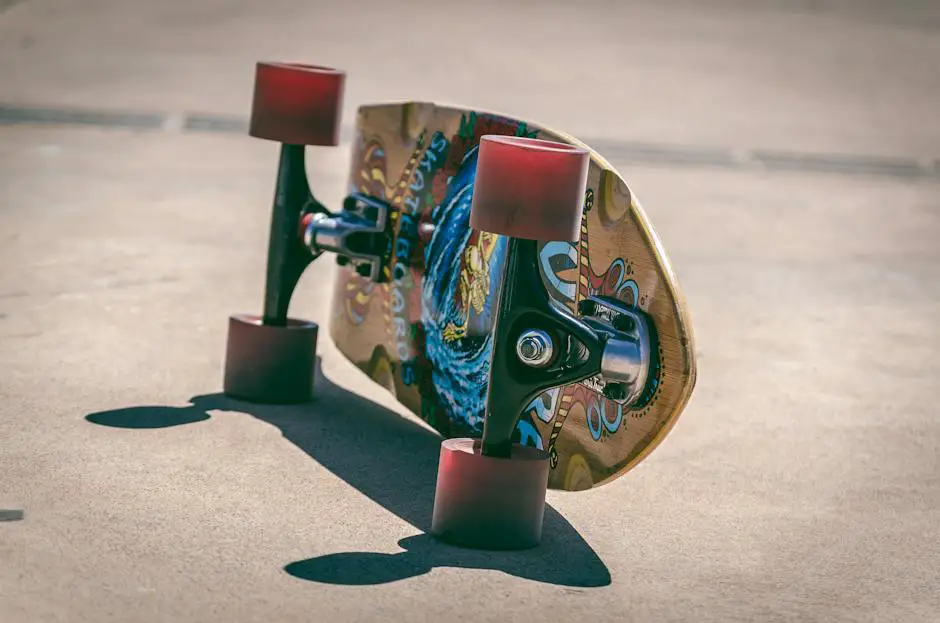When you’re hitting the pavement on your electric skateboard, the ride’s quality, speed, and style all boil down to what’s beneath your feet: the deck material. Picking the right foundation is not just a matter of durability or looks; it’s about crafting your ride’s personality and performance. From the eco-friendly warrior riding a bamboo deck, weaving through the city with ease and grace, to the speed demon gliding on sleek carbon fiber, or the purist cruising on a classic maple wood board, every choice tells a story. Let’s dive into what makes each material stand out in the world of electric skateboards.
Bamboo
Bamboo Fabric: The Ultimate Choice for Flexibility and Comfort
If you’re on the hunt for clothes that offer both flexibility and comfort, look no further than bamboo fabric. This magical material has been making waves in the fashion industry, and for good reasons. Let’s dive into why bamboo stands out as the go-to choice when comfort meets style.
First up, bamboo fabric is incredibly soft. Think of the softest cotton you’ve ever felt, then imagine something even smoother. That’s bamboo for you. It’s gentle on the skin, making it perfect for people with sensitive skin or those who simply prioritize comfort in their wardrobe.
Bamboo is also known for its excellent moisture-wicking properties. Unlike cotton, which tends to absorb and retain moisture, bamboo fabric pulls moisture away from the skin, allowing it to evaporate quickly. This means that whether you’re working out or just going about a typical day, bamboo keeps you dry and comfortable.
Flexibility is another standout feature of bamboo fabric. It has a natural stretch that moves with your body, offering an unparalleled freedom of movement. Whether you’re doing yoga, running errands, or lounging at home, bamboo clothing fits and feels like a second skin.
Durability is a big plus, too. Bamboo fabric can withstand countless washes without losing its shape or softness. This means your investment in bamboo clothing pays off in the long run, as these pieces remain a staple in your wardrobe for years.
Environmentally friendly folks will be happy to know that bamboo is a sustainable resource. It grows quickly, requires no pesticides, and uses less water than traditional crops like cotton. Choosing bamboo fabric is a win for your comfort and the planet.
Bamboo’s natural breathability adds to its comfort factor. It ensures good air circulation, keeping you cool in the summer and warm in the winter. This temperature-regulating feature makes bamboo clothing versatile, suitable for any season.
Lastly, odor resistance is a notable benefit. Bamboo fabric naturally repels odors and bacteria, keeping you feeling fresh all day long. Say goodbye to the worry of unwanted smells and hello to feeling confident, no matter the activity.
In essence, bamboo fabric shines as the ultimate choice for those who value flexibility, comfort, and sustainability. Its unique set of benefits makes it a standout material in the fashion industry, proving that you don’t have to sacrifice comfort for style or vice versa. Whether you’re upgrading your workout gear, casual wear, or looking for eco-friendly clothing options, bamboo presents an all-in-one solution that ticks all the boxes.

Carbon Fiber
Why Carbon Fiber Takes the Lead in High-Performance Applications
Carbon fiber stands out in the realm of materials engineering, hailed for its unparalleled combination of strength and lightness. This sophisticated material originates from thin strands of carbon, tightly woven into a fabric then set within a resin, crafting a material that’s revolutionizing industries from automotive to aerospace.
Unmatched Strength-to-Weight Ratio
The first trait putting carbon fiber on the map is its exceptional strength-to-weight ratio. In applications where every gram matters without compromising durability and performance, carbon fiber shines brightly. It’s this balance that propels vehicles to higher speeds with less fuel or power, and why it’s the go-to for cutting-edge sports equipment.
Resistance to Corrosion
Unlike metals, carbon fiber doesn’t succumb to oxidation. This resistance to corrosion ensures a longer lifespan for products and structures, making it a top pick for anything from bridges to luxury yachts. Its resilience against environmental factors means less maintenance and repair costs over time.
Thermal Expansion is Minimal
In environments subject to fluctuating temperatures, materials expand and contract, which can be problematic. Carbon fiber, however, exhibits minimal thermal expansion. This stability is crucial for precision applications in technology and engineering, where even the smallest change in dimension can lead to failure.
Flexibility In Design
Another feather in carbon fiber’s cap is the versatility it offers to designers and engineers. The material can be molded into complex shapes that metals can’t easily achieve without compromising its structural integrity. This flexibility opens a realm of possibilities in design and function, especially for bespoke or highly specialized applications.
Energy Absorption
In the unfortunate event of a collision, carbon fiber’s capability to absorb energy is unmatched, making it an invaluable asset in the design of safer automobiles, helmets, and protective gear. Its unique weave pattern distributes impact forces efficiently, providing improved safety without adding bulk or weight.
Aesthetic Appeal
Beyond its technical advantages, carbon fiber also carries a distinct aesthetic appeal. Its sleek, modern look gives a touch of sophistication to any project. Whether it’s the matte finish on a luxury sports car or the intricate weave on a high-end pair of headphones, carbon fiber’s appearance signals a premium choice.
In sum, carbon fiber dominates the high-performance material sector, offering a blend of strength, longevity, and aesthetic appeal unrivaled by traditional materials. Its adoption across various industries underscores a commitment to innovation, performance, and design. As technology advances, we can only anticipate seeing more of this versatile material shaping the future of engineering and manufacturing.

Maple Wood
In the dynamic world of skateboarding, maple wood maintains its position at the apex, a testament to tradition and technical superiority unique to this material. Here’s a deep dive into why maple wood not only continues to dominate but excels in the realm of traditional skateboarding.
Consistency and Reliable Performance
Maple wood, with its dense fibrous structure, offers skateboarders a consistent experience underfoot. This predictability is crucial when performing tricks or navigating challenging terrains. Unlike other materials that might show variability in texture or performance in different conditions, maple delivers a steadfast platform, ensuring that the only surprises come from the skater’s own inventiveness.
Perfect Balance of Flex and Firmness
One of maple wood’s standout features is its harmonious blend of flexibility and firmness. Skaters rely on this balance for the board to respond effectively to their movements while maintaining enough rigidity to support jumps and landings. This characteristic is particularly beneficial for beginners honing their skills and pros perfecting their craft, making maple a universal choice across skill levels.
Time-Tested Durability
Maple wood’s renowned for its durability. The dense grain not only withstands the impact from leaps and flips but also endures the wear and tear of daily use. This longevity is a key factor for skaters, as it means investing in a maple skateboard is a long-lasting commitment, unlike materials that might require frequent replacements due to quick deterioration.
Superior Grip for Enhanced Safety
The natural texture of maple wood provides an excellent grip for skate shoes, an essential factor for safety and performance. This grip helps reduce slippage, increasing the skater’s control and precision during complex maneuvers. It’s a subtle yet significant advantage that keeps maple as the preferred material among safety-conscious skaters.
Aesthetic and Customization Potential
Beyond its performance attributes, maple wood holds an aesthetic appeal with its natural grains, offering a visually engaging experience. This natural beauty also presents an ideal canvas for customization, allowing skaters to express their individuality through unique deck designs, colors, and artwork. This blend of function and fashion solidifies maple’s place in the skateboarding culture.
Historical and Cultural Significance
The use of maple wood is deeply ingrained in skateboarding’s history, linking present skaters with the pioneers of the sport. This cultural heritage adds an intangible value to maple decks, connecting individuals across different eras through a shared tradition. For many, choosing maple is as much about honoring the sport’s legacy as it is about performance benefits.
In conclusion, maple wood’s supremacy in traditional skateboarding is no coincidence. Its combination of reliable performance, durability, safety features, and cultural significance creates a compelling argument for its preference. Maple doesn’t just represent a choice of material; it symbolizes a commitment to the heart and soul of skateboarding, bridging generations and continuing to push the boundaries of what’s possible on four wheels and a board.

Choosing the right deck material for your electric skateboard is more than just a technical decision; it’s a personal statement about your riding style, values, and what you demand from your ride. Whether it’s the flex and sustainability of bamboo, the high-octane performance of carbon fiber, or the timeless appeal and reliability of maple wood, each material offers a unique blend of qualities for diverse skating experiences. As you carve your path through the streets or ramps, remember that your deck is not just your stage—it’s your partner in every ride.

